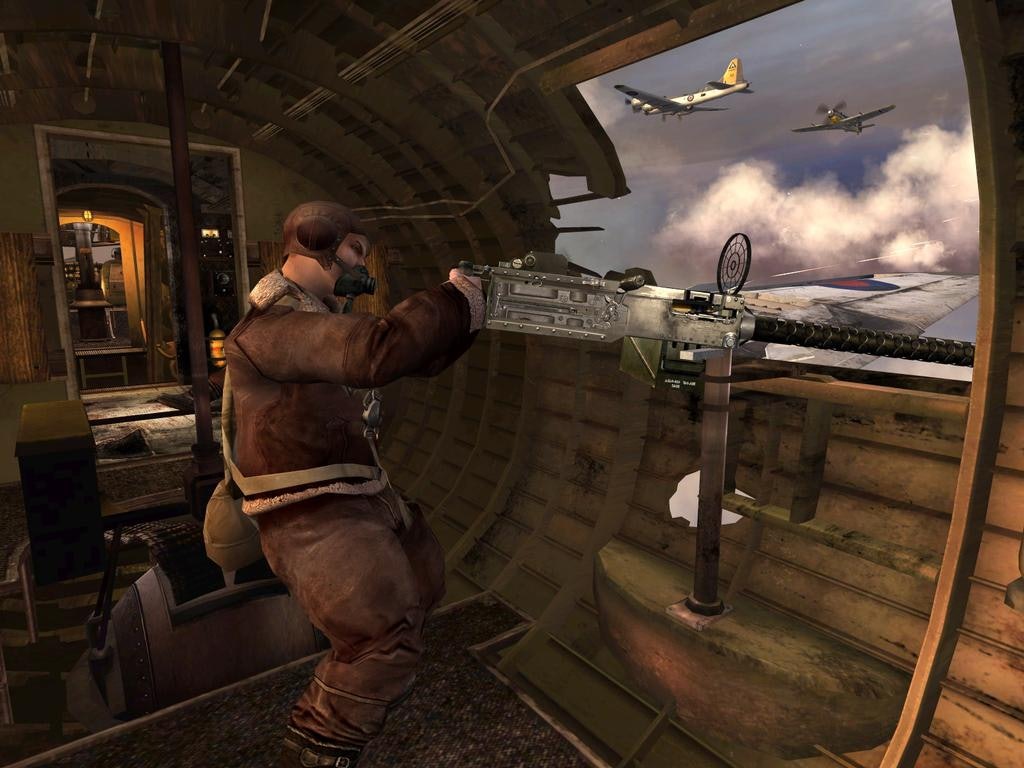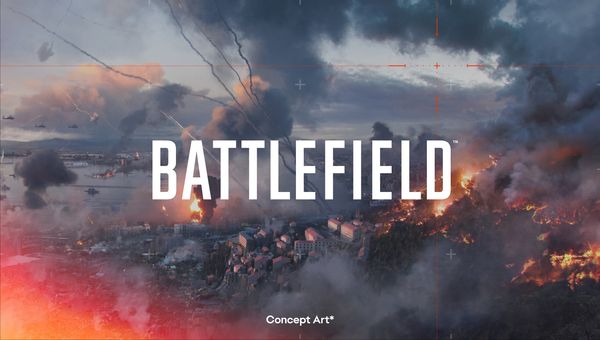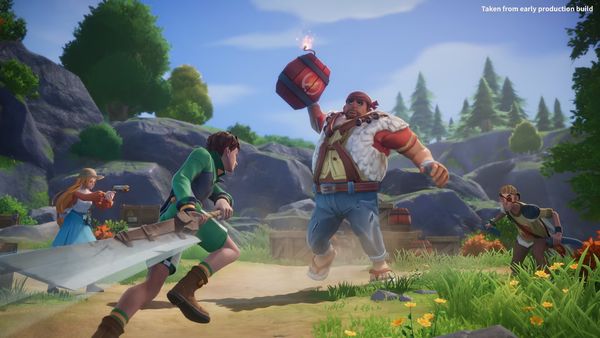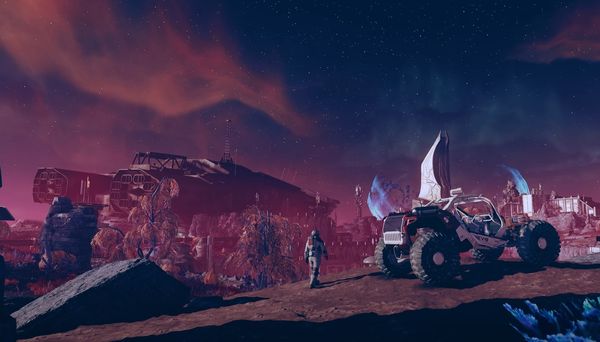
Some of the world’s most popular games have typically been those known for fast-paced, movie-style action. From Doom and Halo to Half-Life and Counter-Strike, the first-person shooter has been a go-to genre for casual fun both online and off. For the last 21 years, however, one franchise has sat at the top of the FPS mountain, for better and for worse, shattering countless entertainment records and becoming a global phenomenon in the process.
More than two decades after the series debut, it's hard to remember Call Of Duty’s humble beginnings dating back three gaming generations. But 20 years ago today, the first game in the series got the first of many follow-ups from a little-known studio. The success of this expansion, subtitled United Offensive, proved that even on its so-called off-years, Call Of Duty was the undisputed king of the genre. It was also the first example of how a studio could make its entries in the blockbuster series distinct from others.
When Call Of Duty released in 2003, the PC exclusive quickly earned its reputation by being a revolutionary first-person shooter. It took the best elements of its spiritual predecessor Medal Of Honor (its memorable setpiece level) and turned it into an intense, cinematic, and mostly respectful send-up of the Second World Conflict and its veterans. It rightly earned countless Game of the Year awards and was a big-time sales hit among PC players.
Success under the Activision umbrella in the early 2000s meant a sequel was in order. With developer Infinity Ward hard at work on Call Of Duty’s revolutionary sequel (which would bring the franchise to console without compromises for the first time in 2005), there needed to be something to hold over fans in the intervening year. After all, there was money to be made capitalizing on its success sooner.
Just a few years removed from its success with 2001’s Return To Castle Wolfenstein, Activision hired Gray Matter Studios to handle Call Of Duty: United Offensive. The expansion featured new multiplayer maps, weapons, and a brand-new campaign. In a time before DLC, PC expansions were one of the few ways to extend the life of a game. And United Offensive was the perfect way to keep Call Of Duty’s growing player base engaged.
United Offensive, like the base game, featured a campaign that starred three Allied soldiers: an American paratrooper, a British SAS commando, and a Soviet infantryman. But this follow-up campaign ratcheted things up. Certain campaign missions featured more destructible environments, and the number of enemies on screen was upped significantly, adding to the first game’s intensity.

The campaign also layered some variety into the typical gameplay loop. Vehicle sections, like driving a patrol boat and becoming the gunner on a B-17 bomber, broke up the constant chaos of flanking enemies and dodging bullets. Expanding beyond the boots-on-the-ground combat in these memorable setpieces are a progenitor to future vehicle-based setpieces like the AC-130 level in Modern Warfare and piloting a fighter jet in Black Ops 2.
On the multiplayer front, it introduced three new objective-driven modes to the first game: Capture the Flag, Base Assault, and series staple Domination. Gray Matter Studios also added vehicles like tanks and jeeps and large-scale maps. The expansion made Call Of Duty feel a little more like Battlefield 1942, the premiere multiplayer experience from DICE, feeling the developer would try to capture once more the next time it worked on the series.
Yes, while most may not know this, Gray Matter did stick around despite the name never being featured in another game in the series. That’s because in 2005, shortly after United Offensive’s release, Activision would fold Gray Matter into one of its most prolific developers Treyarch. Coming off the release of the Spider-Man 2 video game in 2004, then both Ultimate Spider-Man and the Call Of Duty console spin-off Big Red One, the publisher would combine both spin-off teams and task them with making the underrated Call Of Duty 3.

Many of United Offensive’s multiplayer additions would skip Infinity Ward’s Call Of Duty 2. But Treyarch and Gray Matter would double down on the ideas introduced in United Offensive and put them right back into 2006’s Call Of Duty 3. This third entry featured a campaign that wasn’t afraid to put players in the hull of a tank one minute, and then storm an enemy base the next.
The multiplayer also had an uncharacteristic focus on huge maps, vehicle-based mayhem, and an emphasis on playing team classes like medic, scout, and support. It’s one of the only times team composition would be a crucial part of getting a win in its multiplayer, before Call Of Duty 4: Modern Warfare would change competitive gaming forever.
Call Of Duty: United Offensive was an excellent expansion to the first-person shooter that changed the genre. It was also a showcase for how other developers could make distinct design choices within the storied franchise, ones that would allow sub-series like Black Ops and Modern Warfare to co-exist.










